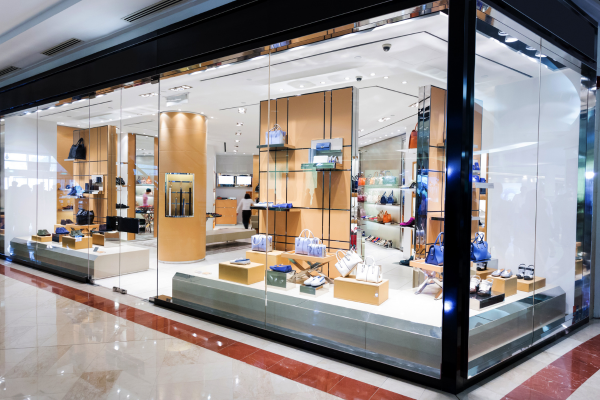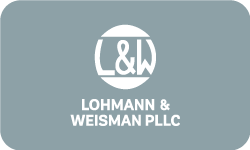The retail real estate market has seen a remarkable resurgence in 2024, with investment volumes skyrocketing in the third quarter. This renewed interest underscores the sector’s resilience and adaptability amid shifting consumer trends and evolving economic conditions.
Surging Demand for Retail Spaces
A surge in demand for retail real estate has been a defining feature of Q3. As businesses expand and new concepts emerge, retail spaces have become hot commodities. Analysts point to several factors fueling this growth:
- Post-Pandemic Recovery: Retailers are capitalizing on the post-pandemic economic rebound, with consumers returning to physical stores in greater numbers.
- E-commerce Integration: Many brands are adopting hybrid models, blending brick-and-mortar locations with online platforms to create seamless customer experiences.
- Investor Optimism: The strong performance of retail assets has boosted confidence, drawing significant investment from both institutional and private players.
Investment Volume Reaches New Heights
According to recent data, Q3 witnessed one of the largest spikes in retail real estate investments in years. The surge is attributed to several key drivers:
- Stabilizing Cap Rates: Investors are finding attractive returns in retail assets, particularly in high-demand locations.
- Revitalized Malls and Centers: Many malls and shopping centers are undergoing transformations, incorporating mixed-use elements such as residential units, offices, and entertainment hubs.
- Urban Core Revitalization: Investors are focusing on urban centers, where retail spaces serve as anchors for larger community developments.
Hot Spots in the Retail Real Estate Market
Certain segments of the retail market are leading the charge:
- Neighborhood Shopping Centers: These smaller centers, often anchored by grocery stores, are thriving due to their essential nature and steady foot traffic.
- Luxury Retail: High-end brands continue to see strong demand, especially in premium urban locations.
- Mixed-Use Developments: Projects that combine retail with residential, office, and leisure spaces are attracting both tenants and investors.
Challenges and Opportunities
While the retail real estate market is flourishing, it’s not without challenges:
- High Interest Rates: Borrowing costs remain elevated, which could temper some investment activity.
- Shifting Consumer Preferences: Retailers and developers must continually adapt to meet the demands of tech-savvy, experience-focused shoppers.
- Economic Uncertainty: Broader economic conditions, including inflation and employment rates, may influence future growth.
Despite these challenges, the opportunities in the retail real estate sector are abundant. With a focus on innovation and adaptability, both investors and retailers are finding ways to thrive.
Looking Ahead
As we move into 2025, the retail real estate market shows no signs of slowing down. The integration of technology, creative use of space, and consumer-centric approaches are setting the stage for continued growth.
Investors and stakeholders should remain proactive, leveraging emerging trends to maximize returns while addressing potential headwinds. The retail real estate renaissance is well underway, promising a dynamic and lucrative landscape for years to come.








